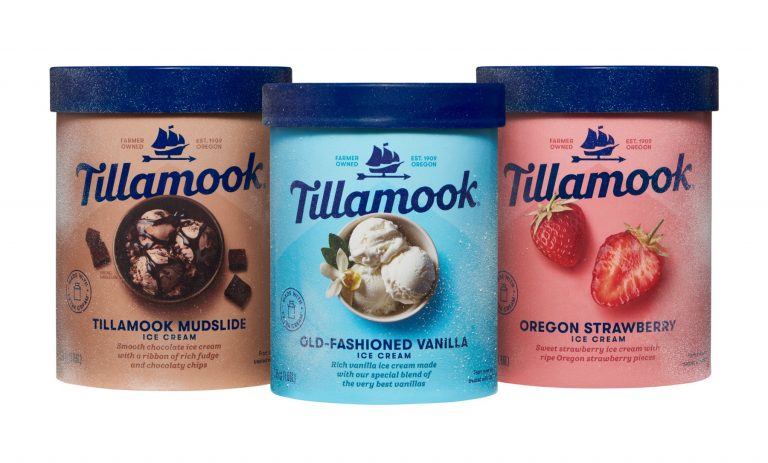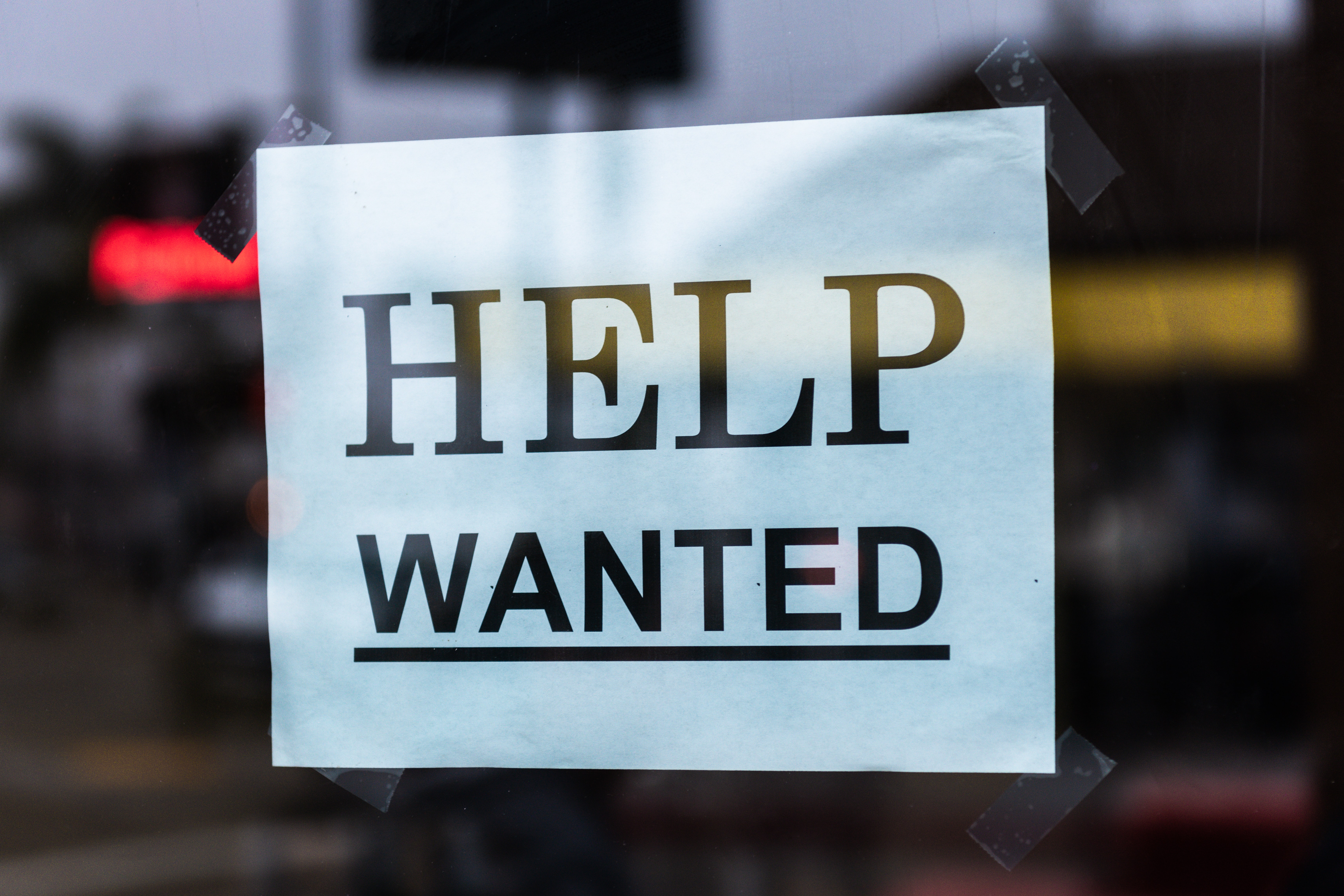Restaurants Implement COVID-19 Surcharges

Restaurants and service industries have been severely impacted by COVID-19. Many restaurants were forced to close their doors due to stay-at-home measures and some will remain closed permanently. As supply chains are broken all over the United States, food prices are increasing. Restaurants are dealing with higher costs and reduced revenues. As a result, some restaurants are implementing what is being called a “COVID-19 surcharge.”
Kiko Japanese Steakhouse & Sushi Lounge in West Plains, Missouri, has admitted it is struggling to keep its menu prices low amid the pandemic. In order to survive, on May 6th Kiko employed a coronavirus surcharge of 5%. The managers of the restaurants clarified that the surcharge would fluctuate based on food prices and will be eliminated once prices return to normal. While the restaurant aimed to avoid raising prices, since the implementation of the additional fee, the restaurant has received major negative feedback. Some more supportive customers stated that they are more than happy to pay the surcharge to help local restaurants. Others, however, note that while restaurants are now able to increase operations, millions of Americans are still left unemployed and may not be in the position to pay higher prices. Due to the negative publicity, Kiko removed the surcharge and raised its menu prices.
Other restaurants have implemented similar surcharges or have increased menu prices. It is common practice for restaurants to increase or decrease prices based on the supply and demand of food, and the current pandemic is bringing these fluctuations into sharp relief. Legal experts note that this type of surcharge may become more common as restaurants continue to combat the effects of the pandemic. Meanwhile, restaurant owners are facing the challenges of increased menu prices while also trying to retain as much of their staff as possible. However, legal experts note customers must be able to make informed choices and should be well notified of such surcharges. Kiko notified consumers via multiple signs and social media communication.
As the world continues to combat the coronavirus, several states in the U.S. are preparing to slowly re-open their marketplaces. Already in Wisconsin, restaurants are able to operate at 25% of their holding capacity. As the economy begins to slowly and safely re-open, experts remain hopeful that supply chains will be repaired, and prices will return to normal.
Discussion Questions:
- Should restaurant owners implement a surcharge? Why or why not. Support your reasoning.
- Discuss the impact of the coronavirus on farmers, food factories, and food supply chains.













